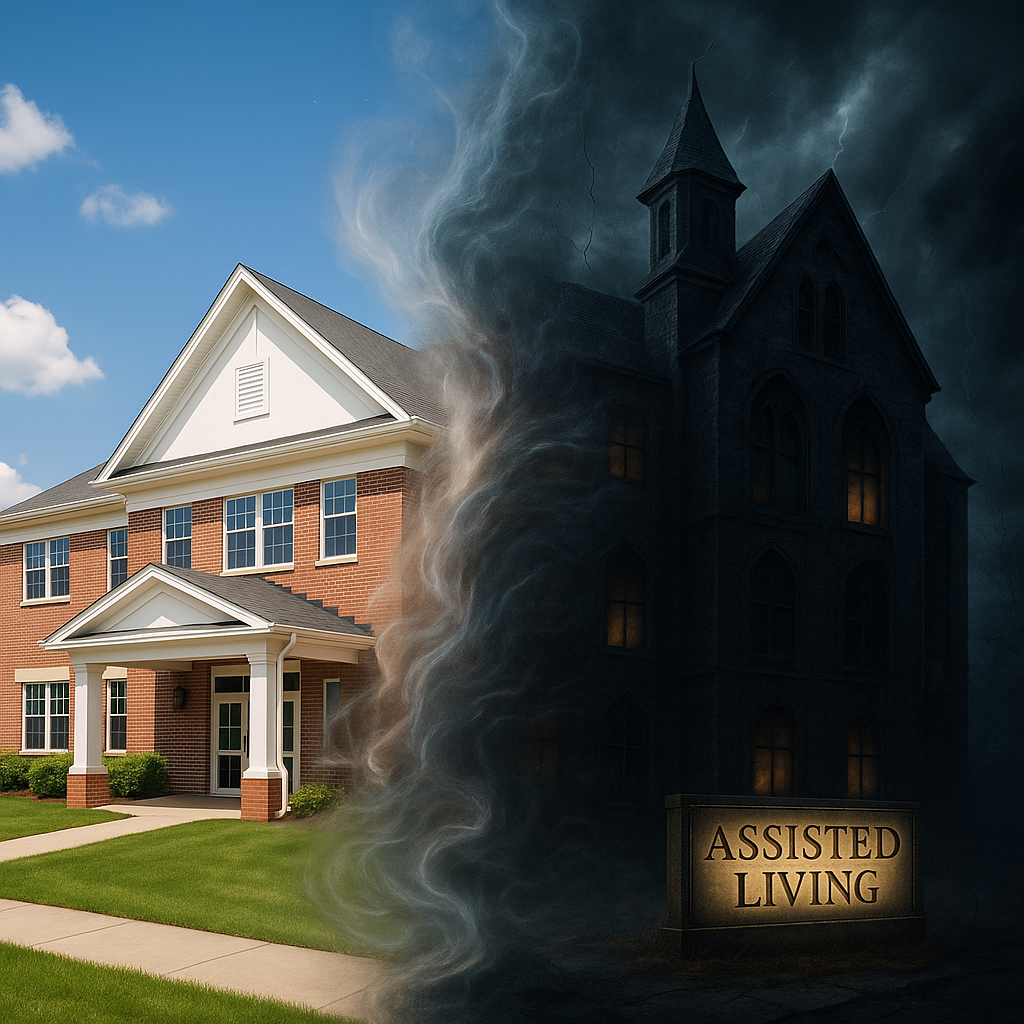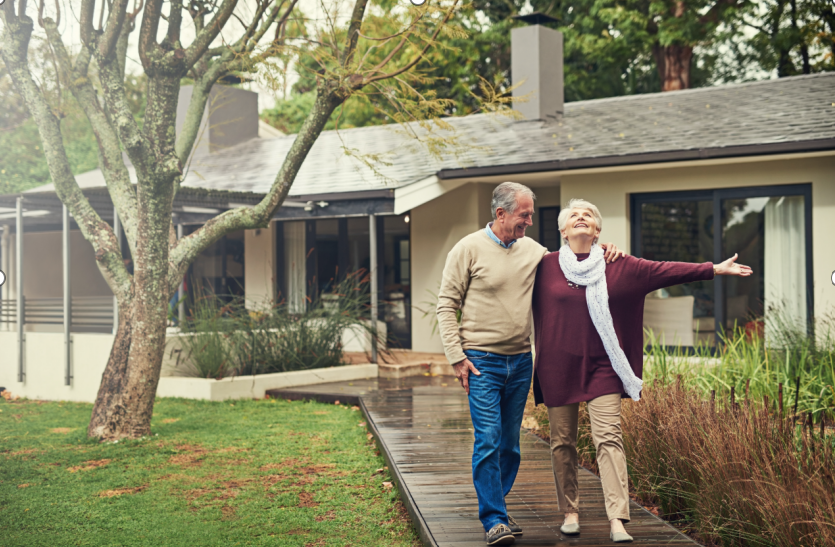BLOG
Hospice Services in Castle Rock, CO
Busting The Myth About Hospice
LIVE Today to Bust The Myth Around Hospice! Please join the Mavericks and their guest Jenna Girton With Dignity Hospice of Colorado. This conversation is meant to challenge the way you think about Hospice..... www.DignityCo.com www.MavericksOfSeniorLiving.com #hospice #seniorliving #agingwell #aging #Seniorcare #assistedliving #dementia #alzheimers #palliativecare #homehealthcare
Posted by Mavericks of Senior Living
At Assured Assisted Living, we offer comprehensive care for individuals with in every stage of their life’s journey including those living with dementia, Parkinson’s. We are experts not only in providing care as they age but also as their mind ages. Because Dementia is degenerative in nature, it is necessary for a person to receive different levels of care as they progress into different levels of dementia.
When the time comes to transition into *hospice because of their aging needs, Alzheimer’s *or other forms of dementia, our team will be there to help you and your loved ones every step of the way.
What Is Included in Hospice Services?
Individuals who receive hospice support have usually been determined to be terminally ill, and are likely to pass on within approximately six months time. The entire objective of these particular services is to better the life of the individual with dementia so that they may be as comfortable as possible during the last few weeks of their life.
End-of-life care for persons with Alzheimer’s disease can be incredibly difficult for families and other loved ones to bear. It can also result in negative repercussions for the patient if they do not have access to an experienced team of professionals who are able to offer a variety of unique benefits, including:
- Hospice services provided in the comfort of your home rather than in a facility or hospital
- Constant monitoring of pain levels and managing any pain as needed
- Therapeutic counseling for the individual or their loved ones
The primary distinction between hospice for dementia care and other services offered to severely ill dementia patients is that hospice support is able to be offered from within the person’s own home. This not only helps to ease any general discomfort, but to also positively impact those around them who are able to avoid seeing their loved one from only a hospital bed.
How Assured Assisted Living Can Help?
Our team of dedicated hospice service managers are available to discuss various options pertaining to hospice for dementia with you. For a majority of our residents, we will be their final home, and so we address this important responsibility with great delicacy and professionalism.
When the time is right, we will advise families and loved ones to explore options for hospice support for Alzheimer’s and other types of dementia. We will also offer our expert guidance during this transition so that it may be as easy and gentle as possible for the individual to relocate back to their home. Our team works very closely with the chosen hospice support provider to ensure we deliver proper and seamless care to our residents.
Partner Hospice Care Agencies
At Assured Assisted Living, our hospice care managers work closely with multiple hospice for dementia agencies in the Denver, Colorado area to help connect our residents and their families with the best care providers possible. These long-standing partnerships are all based on an understanding of the needs of an individual who suffers from Alzheimer’s disease or other forms of dementia. Our specialties in this area make us uniquely qualified to handle such delicate situations.
Hospice Service Financial Questions and Concerns
We often encounter a large volume of questions in reference to payment for hospice services. Answers to such questions vary largely from one case to another, as they are dependent on a wide variety of factors such as insurance type, plan coverage, and more.
Our hospice for Alzheimer’s care managers will gladly sit down with you to explain these expenses in great detail in addition to addressing any unique questions you may have. To contact a care manager from Assured Assisted Living, please call (303) 814-2688 today! Our dedicated care management team would be more than happy to provide you with additional information, or Schedule a Tour of our dementia assisted living facility in the near future.














